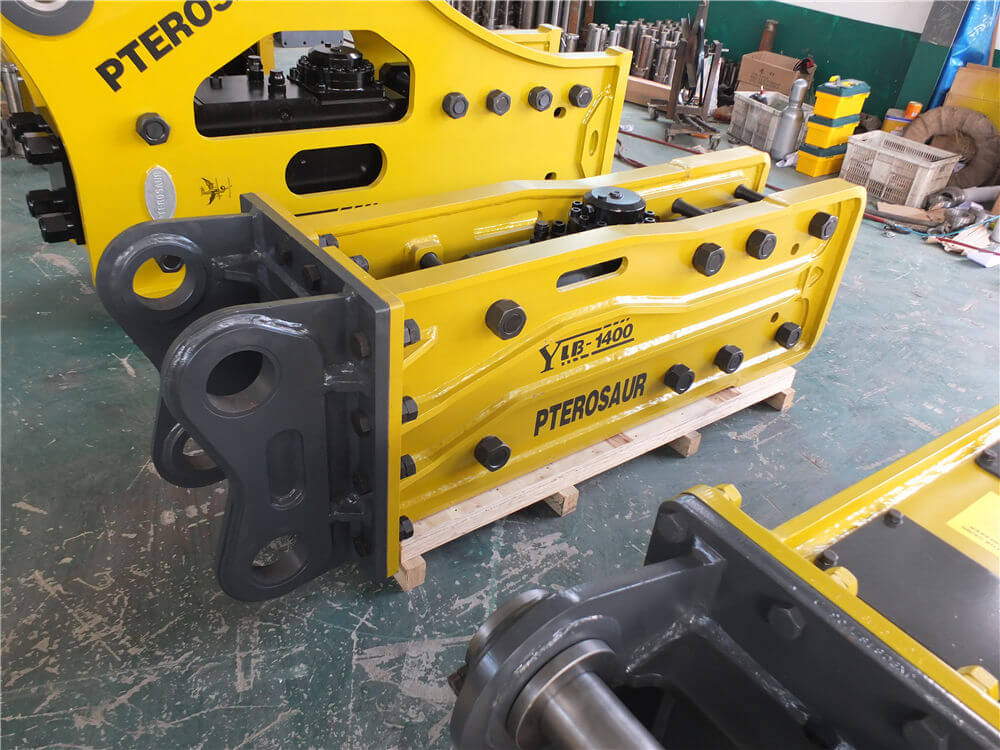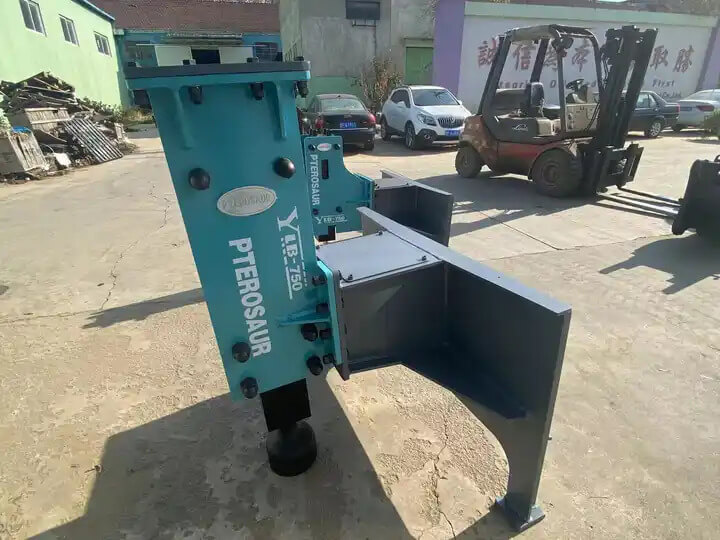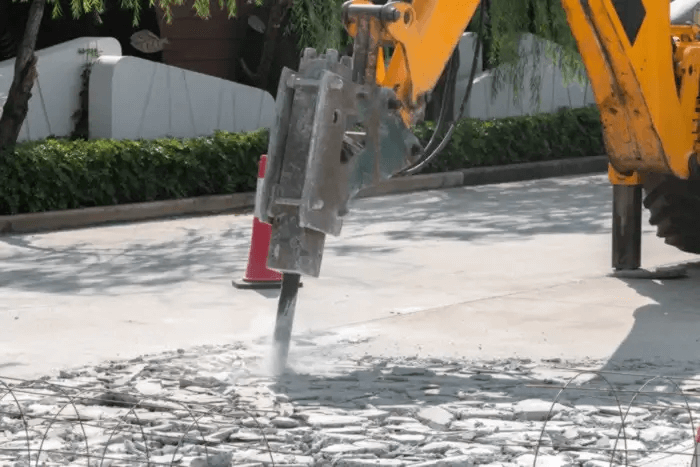Understanding Hydraulic Hammers: The Role of Nitrogen and Charging Techniques
Hydraulic hammers are essential tools in construction and demolition, providing the necessary force to break through tough materials. One key component that enhances the performance of these hammers is nitrogen gas, which plays a critical role in their operation. This article explores why hydraulic breakers need nitrogen and provides insights on how to charge them effectively.
The Importance of Nitrogen in Hydraulic Hammers
Nitrogen gas serves multiple purposes in hydraulic hammers:
-
Energy Regulation: The energy delivered per blow by a hydraulic hammer is significantly influenced by the nitrogen gas pre-charge. Proper nitrogen levels ensure consistent impact energy, which is vital for efficient operation.
-
Pressure Management: Nitrogen helps maintain optimal pressure within the hydraulic accumulator. If the nitrogen charge is too low, users may experience symptoms such as pressure pulsation in the hoses and a loss of impact power. Conversely, excessive nitrogen pressure can prevent the hydraulic pressure from effectively lifting the hammer’s piston.
-
Preventing Overheating: Hydraulic hammers are not sensitive to back pressure; however, restrictions can lead to unnecessary heating of the hydraulic oil. By managing the nitrogen levels, operators can mitigate this risk and improve the overall performance of the hammer.
Charging Nitrogen in Hydraulic Hammers
Charging nitrogen into a hydraulic hammer is a straightforward process, but it requires careful attention to detail. Here’s a step-by-step guide to ensure proper charging:
Step 1: Assess the Current Nitrogen Level
Before charging, check the nitrogen pressure in the hydraulic accumulator. If the pressure is below the recommended level, it’s time to recharge.
Step 2: Gather Necessary Equipment
To charge the hydraulic hammer, you will need:
– A nitrogen charging kit, specifically designed for hydraulic hammers.
– A dual-scale gauge to monitor the nitrogen pressure accurately.
Step 3: Connect the Charging Kit
Thread the nitrogen charging kit to the hydraulic breaker. Ensure that the connection is secure and leak-free.
Step 4: Regulate the Pressure
Adjust the regulator on the nitrogen charging kit to the specified pressure for your hammer model. Typical pressures can vary, so consult the manufacturer’s manual for guidance.
Step 5: Charge the System
Slowly introduce nitrogen into the system while monitoring the pressure gauge. Be cautious not to exceed the recommended nitrogen pressure.
Step 6: Monitor and Adjust
After charging, observe the hydraulic hammer’s performance. If the pressure is too high or low, repeat the charging process until the desired pressure is achieved.
Troubleshooting Common Issues
If you experience issues such as pressure pulsation or loss of impact power, it may indicate a nitrogen-related problem. Regularly checking and maintaining the nitrogen charge is essential for the smooth operation of hydraulic hammers.
Conclusion
Hydraulic hammers are crucial for demolition and construction tasks, and understanding the role of nitrogen is vital for their effective operation. By following proper charging techniques and maintaining optimal nitrogen levels, you can ensure your hydraulic hammer functions at peak performance, delivering the energy needed for tough jobs. For those involved in construction and excavation, investing in a reliable nitrogen charging kit is a must for the longevity and efficiency of your hydraulic hammer.




































